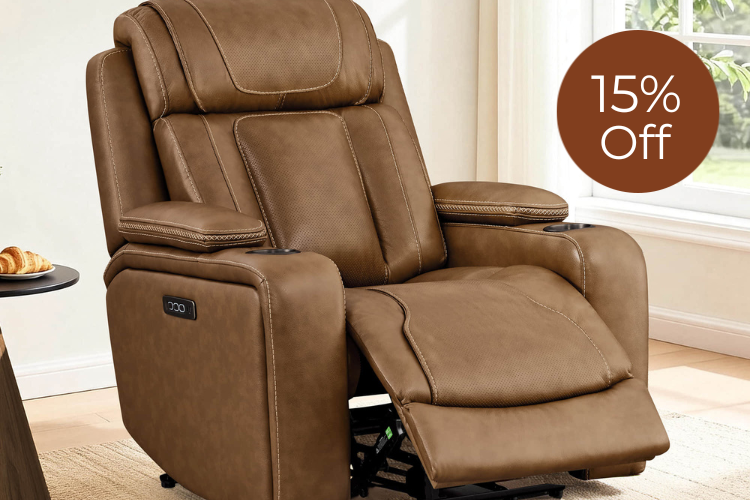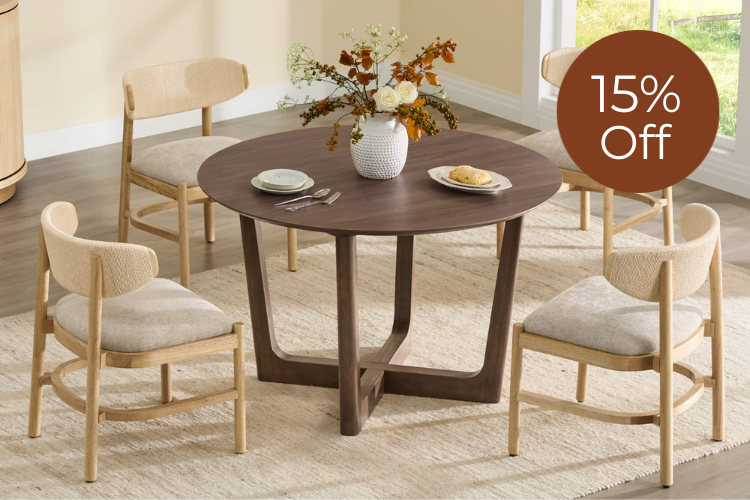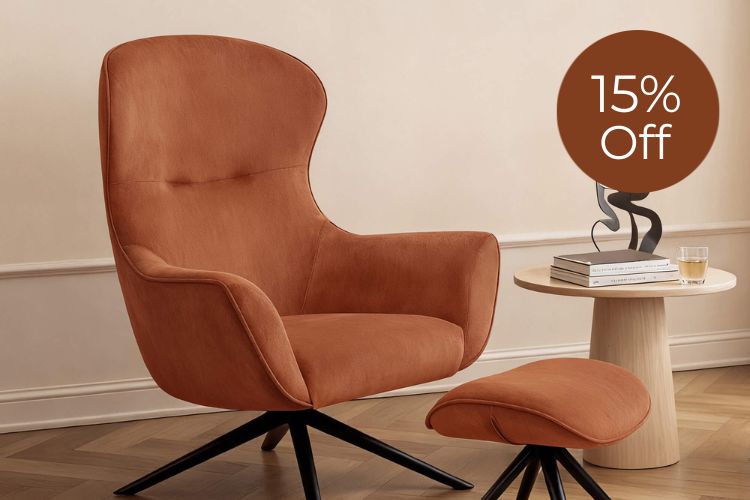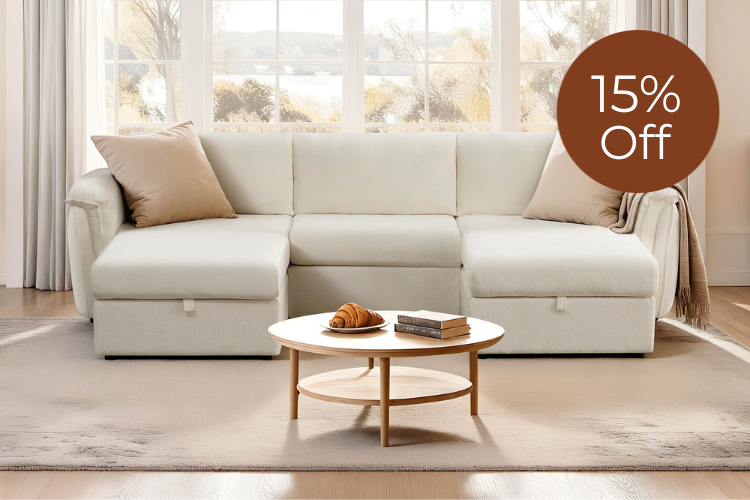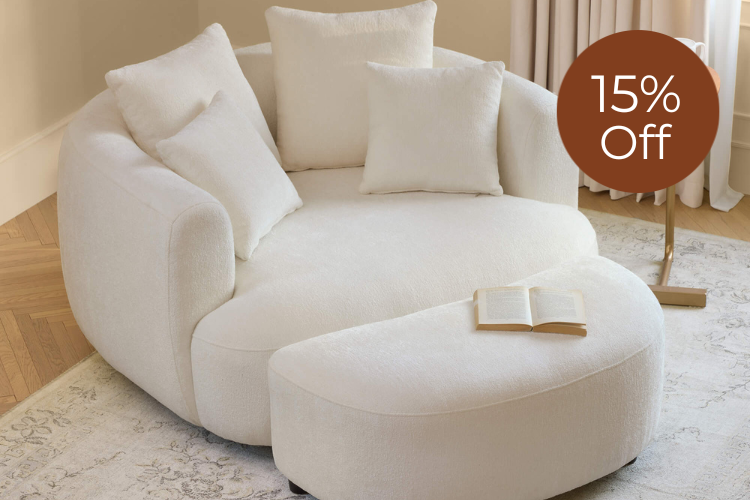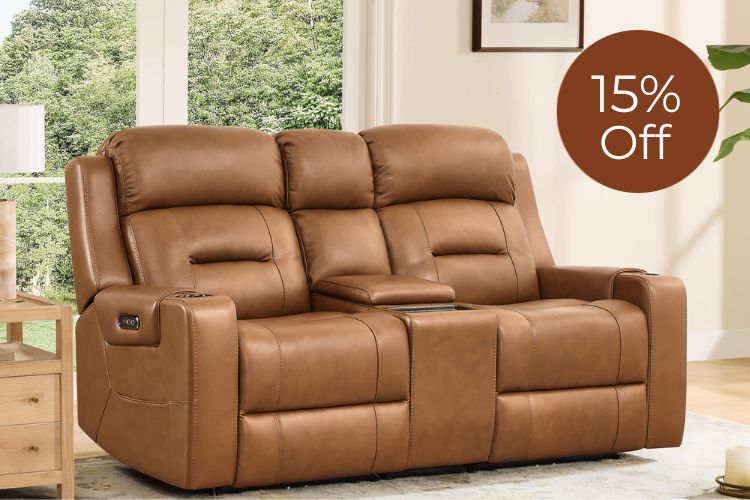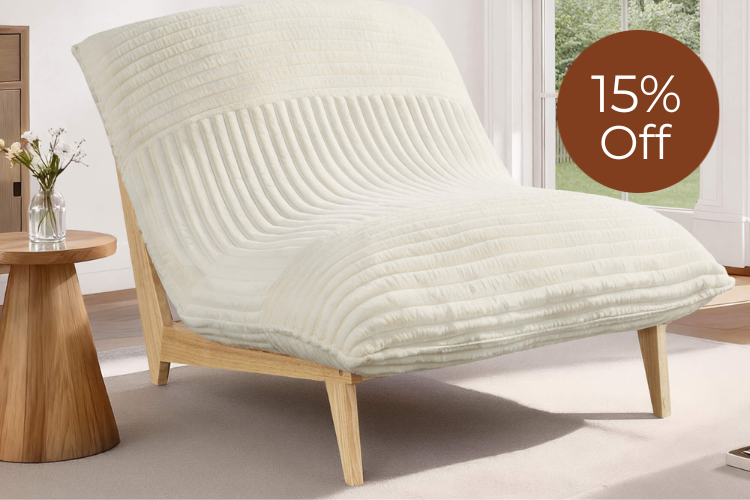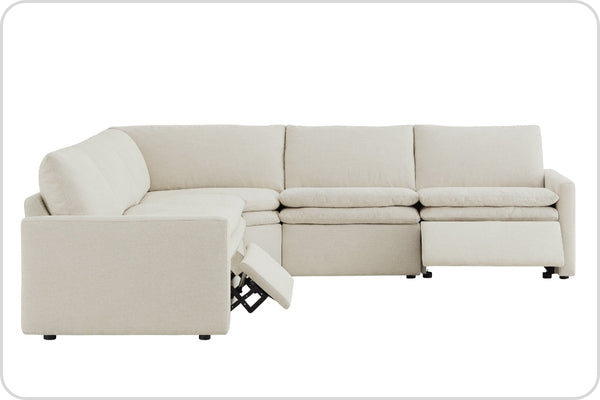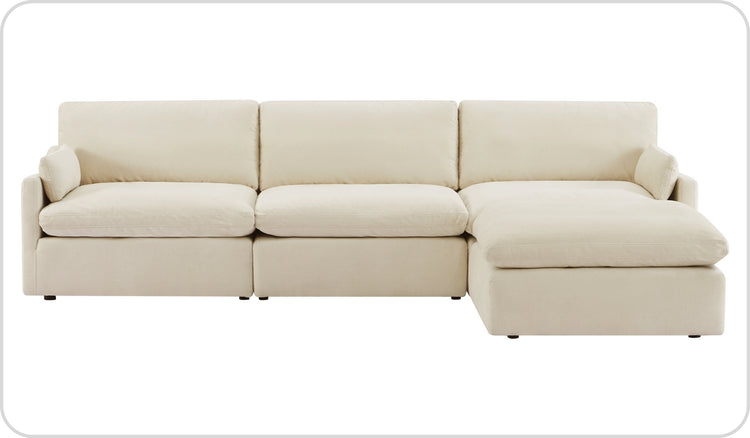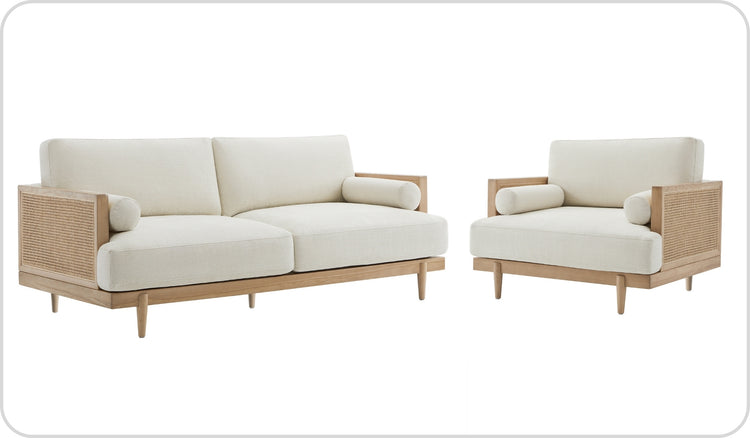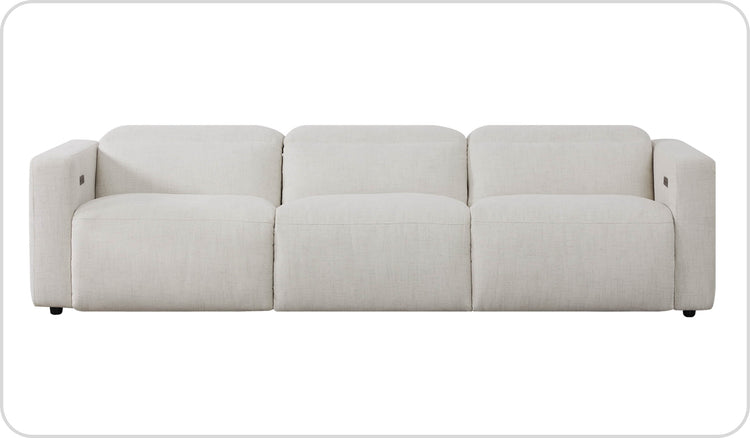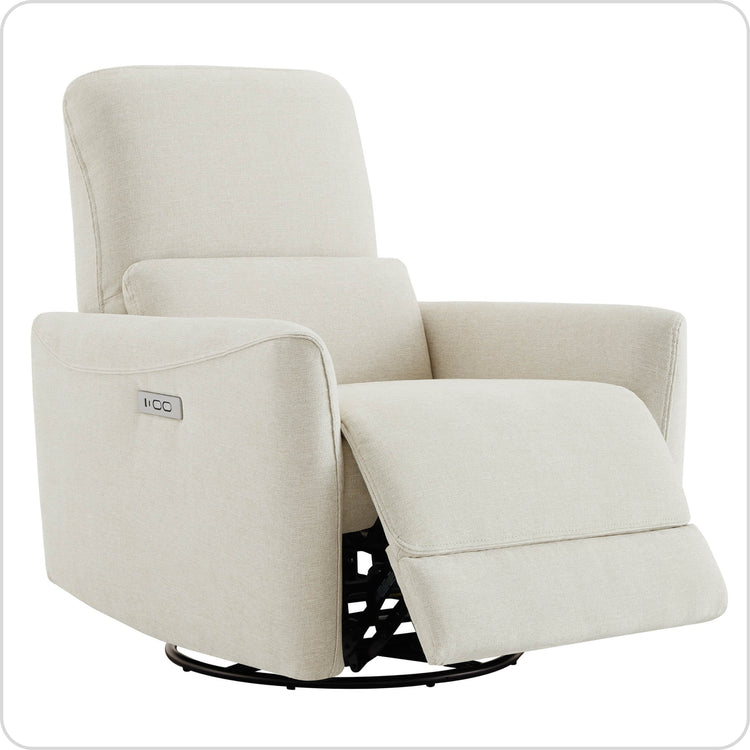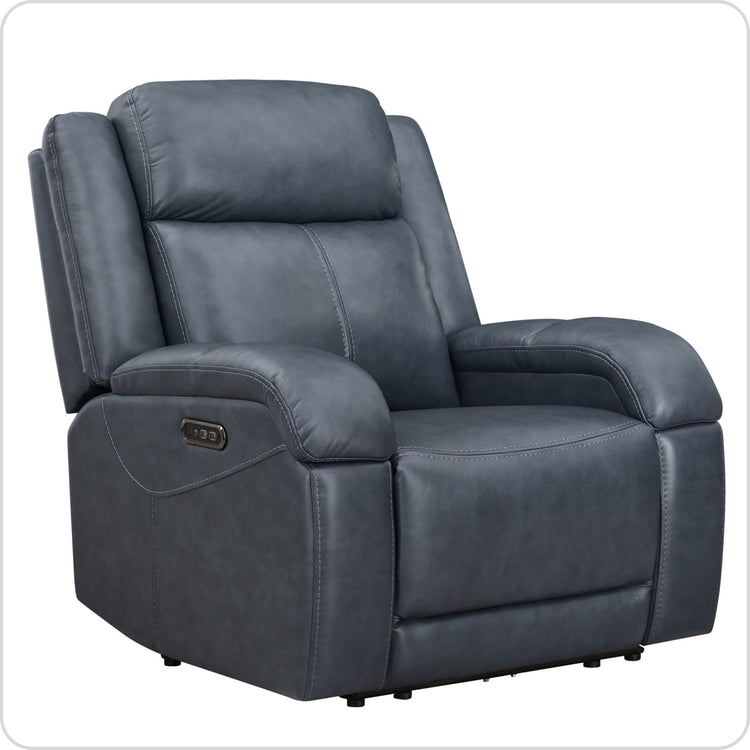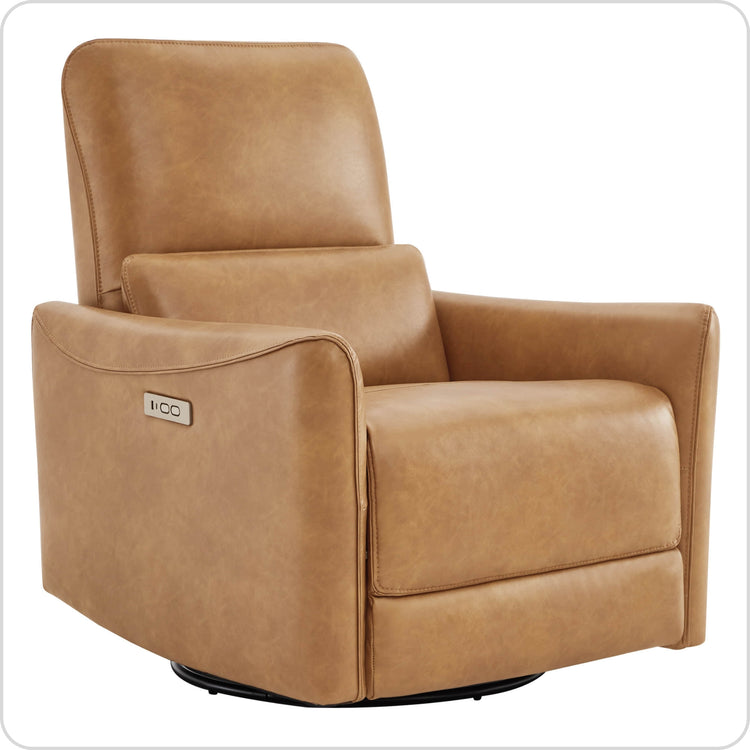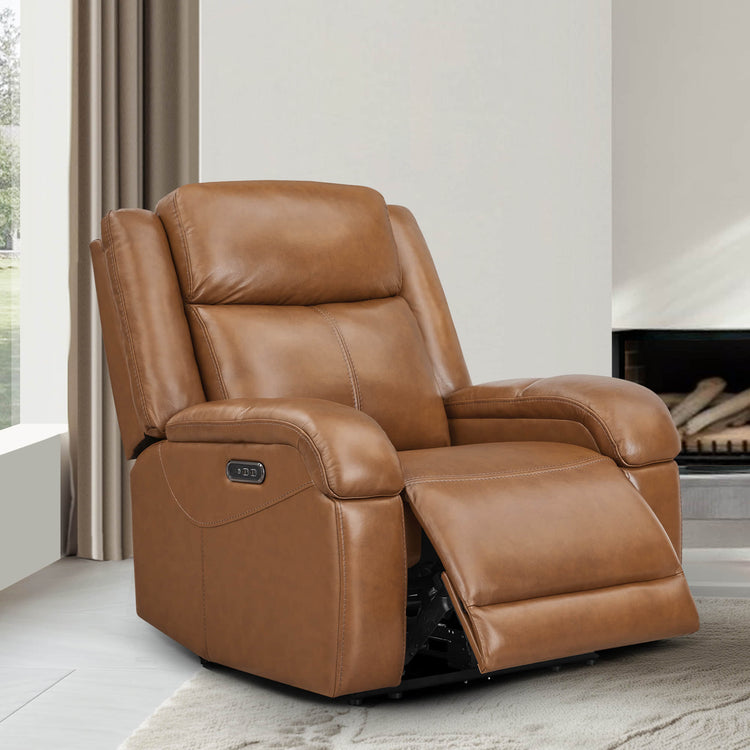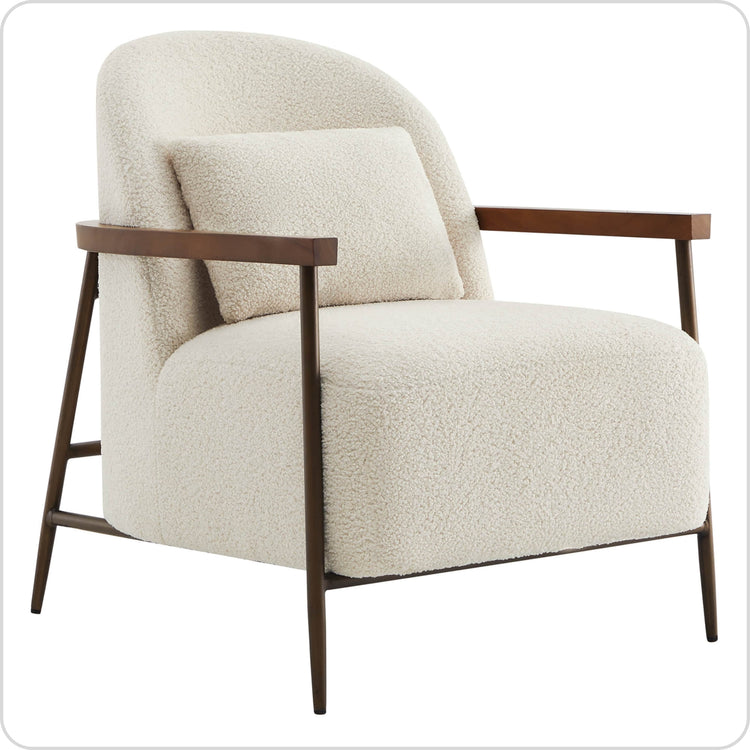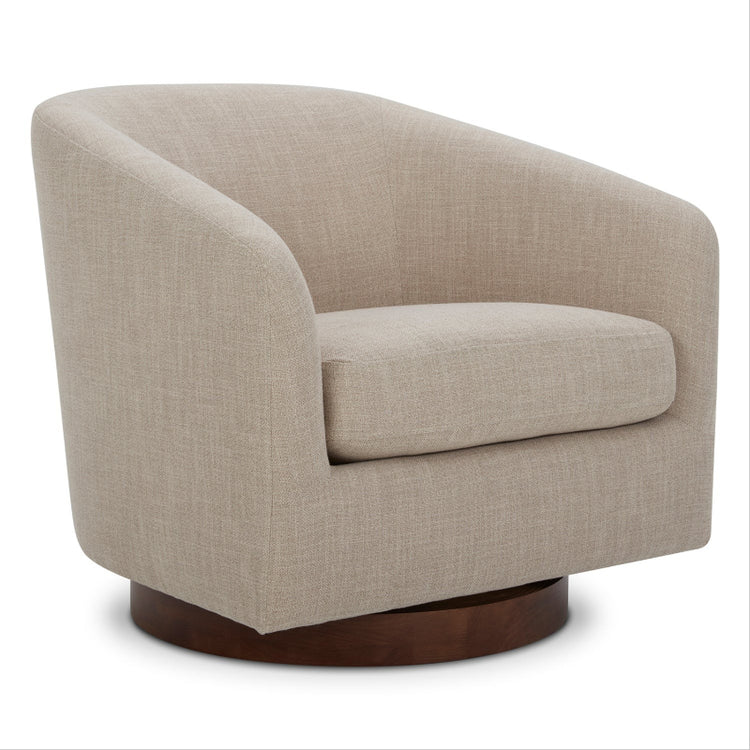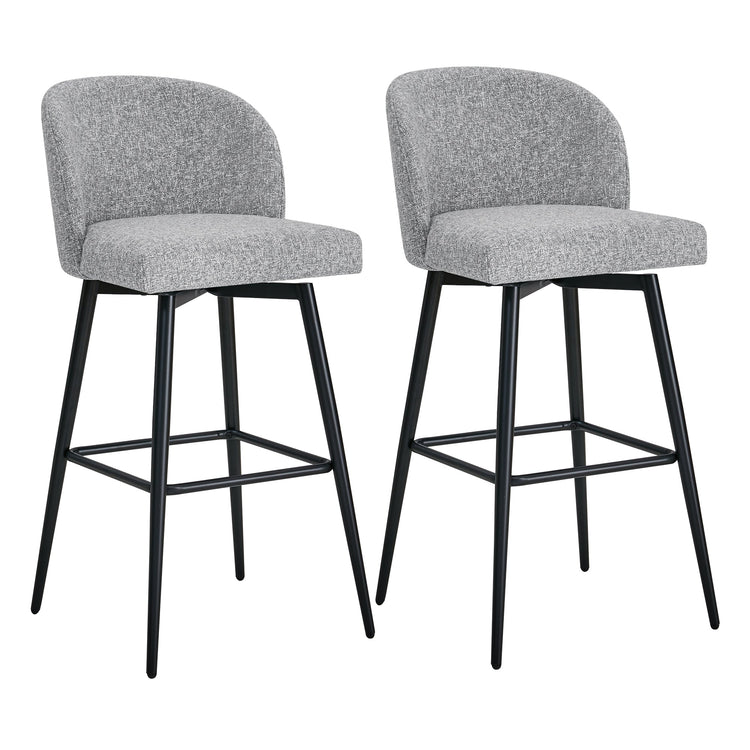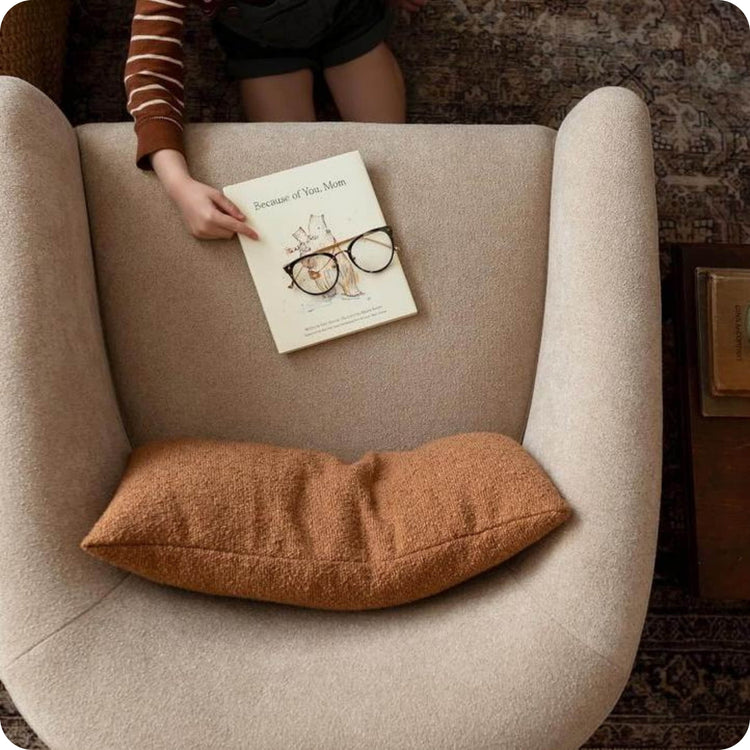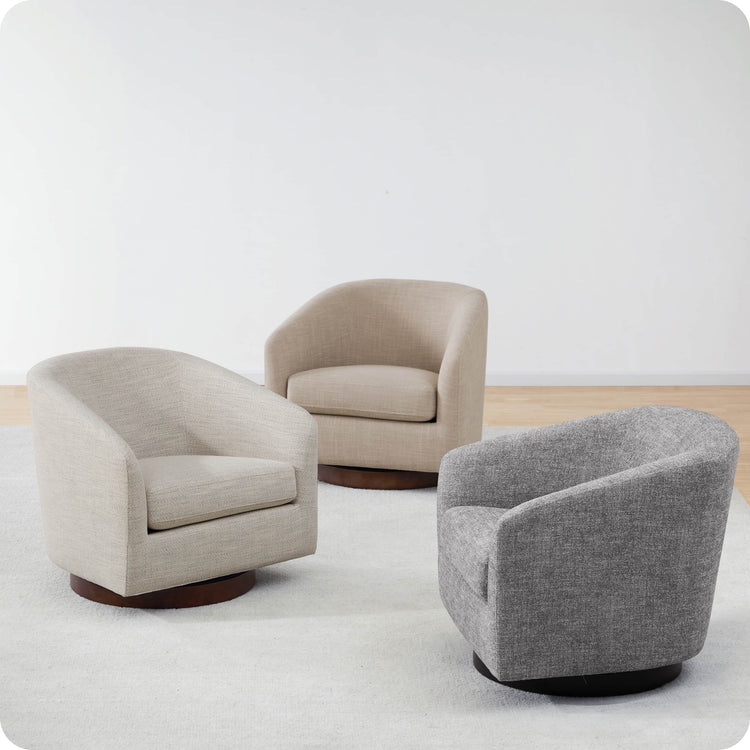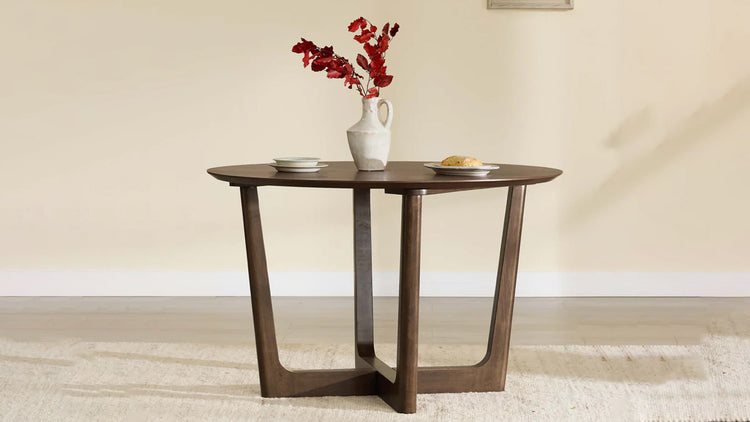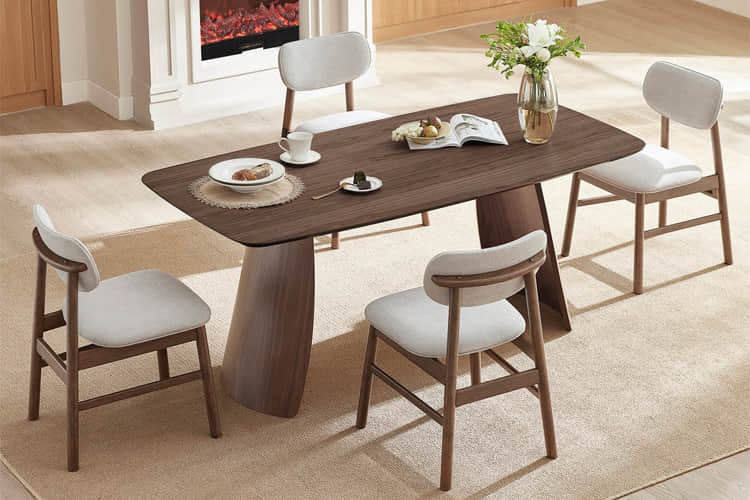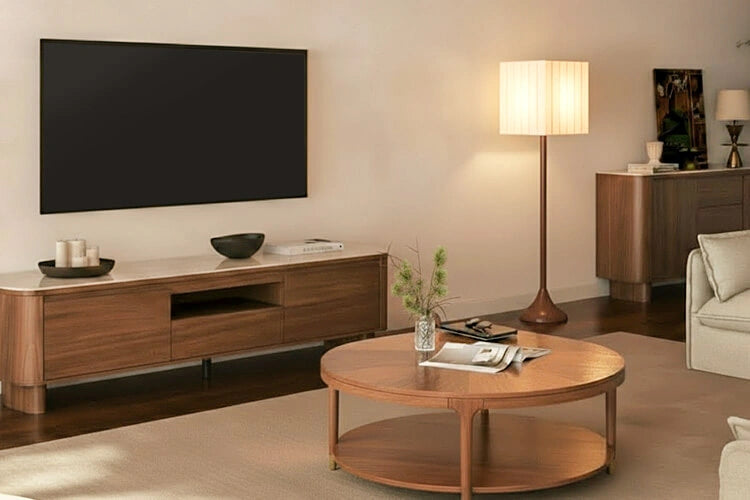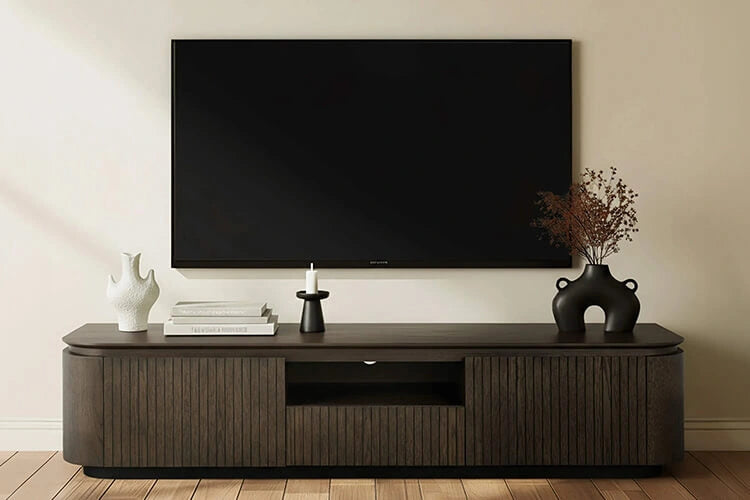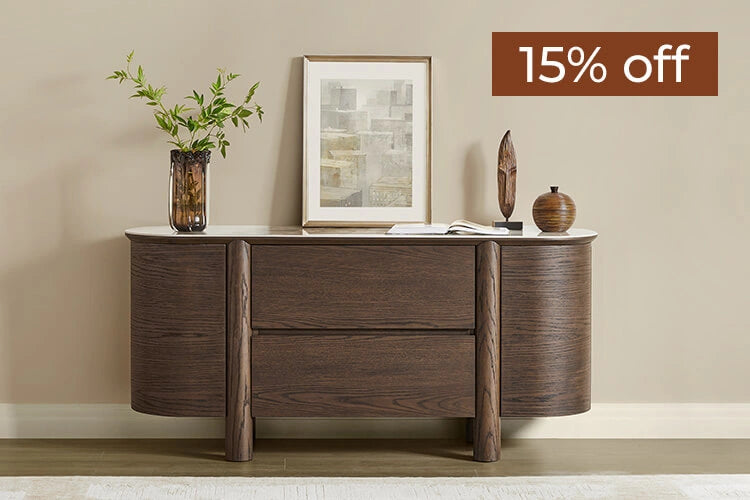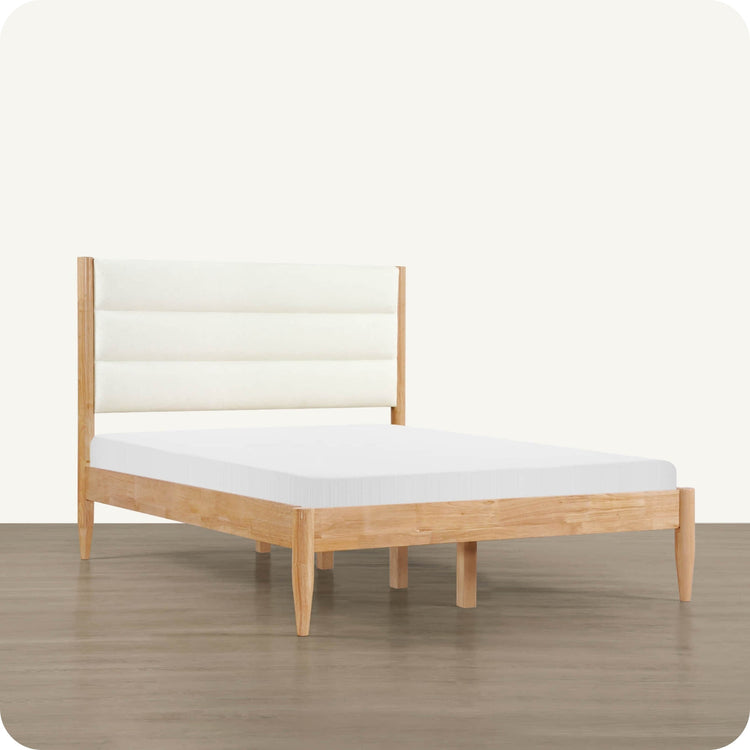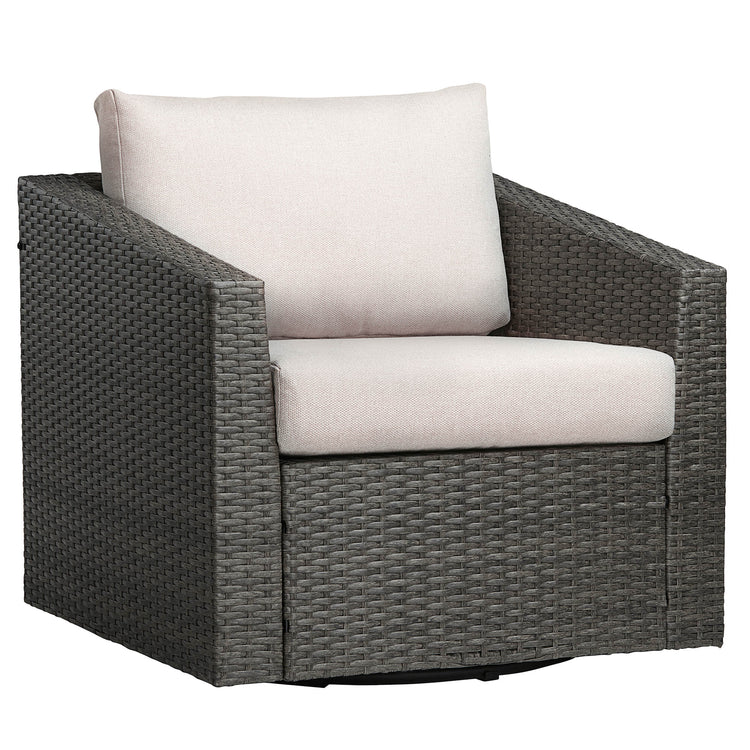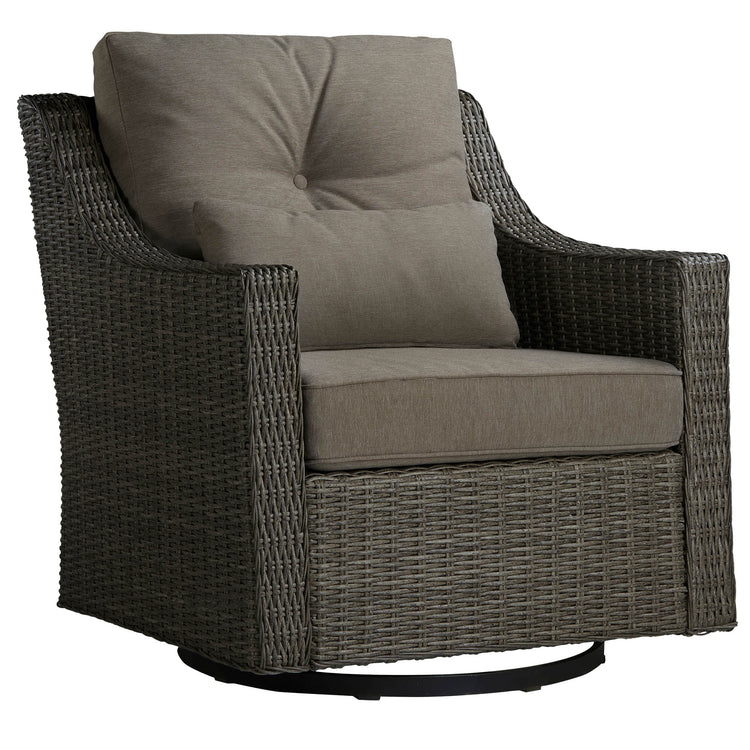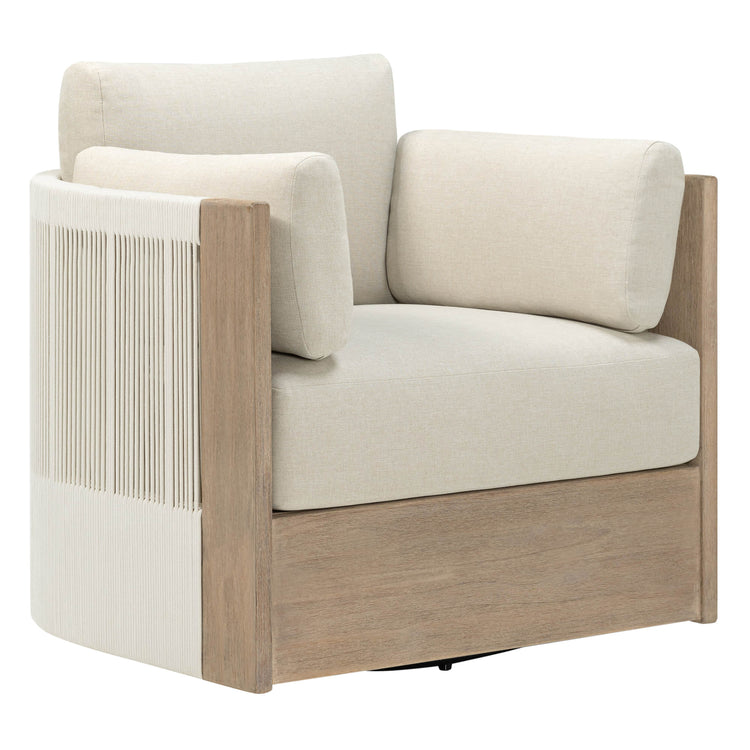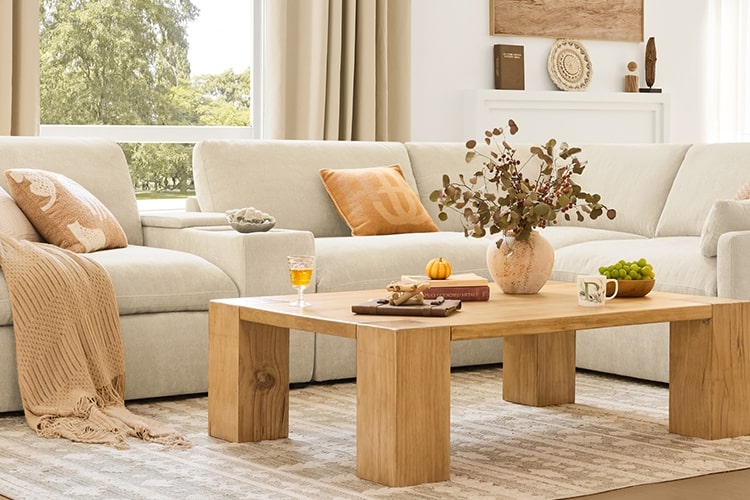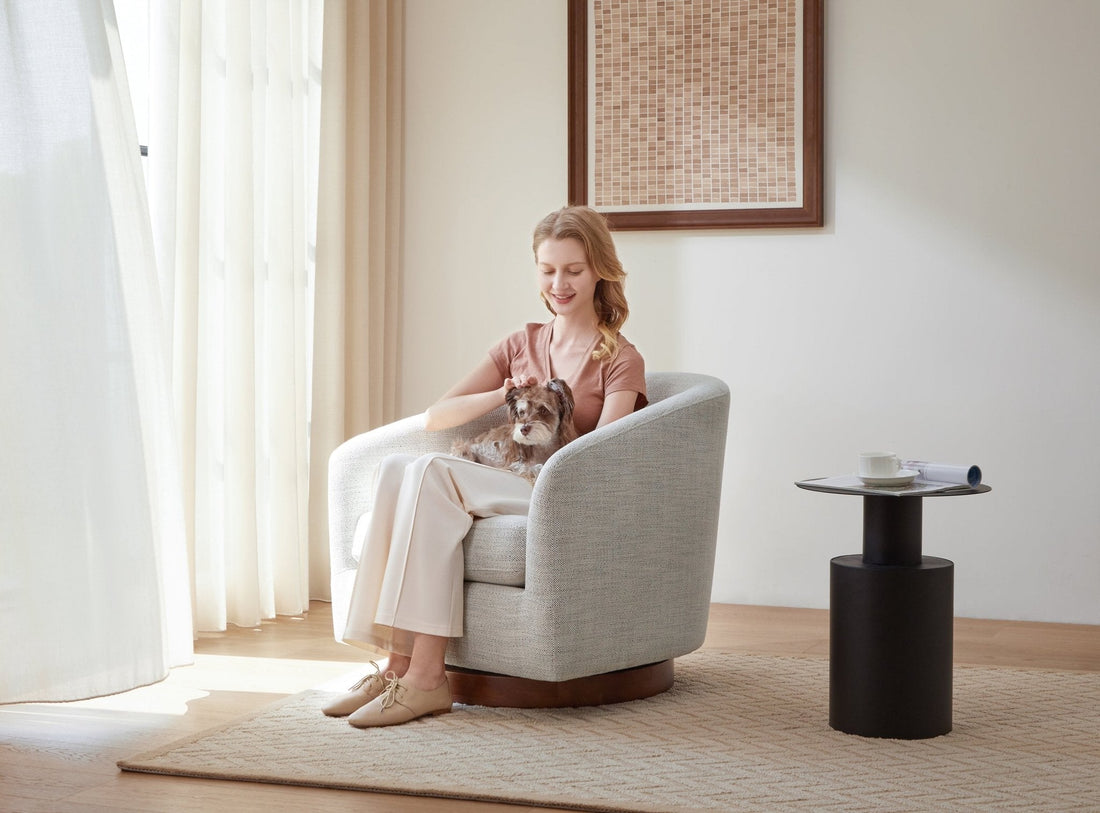Introduction
Proper posture is crucial for overall health and wellbeing. Sitting with poor posture for extended periods can lead to back, neck, and shoulder pain, as well as other issues. When choosing seating for tasks that require sitting, such as working at a counter or bar, it is important to consider how the seat will impact posture.

This article compares bar stools versus standard chairs in terms of their posture benefits and drawbacks. It will examine the pros and cons of each for maintaining proper spine alignment, reducing strain, and facilitating good posture over both short and long durations. Key factors like seat height, back support, and adjustability will be analyzed to help determine the optimal seating for various situations. The goal is to provide guidance on selecting seating that will promote healthy posture.
Bar Stool Benefits for Posture
Bar stools offer some advantages for maintaining proper posture. The raised seat height of most bar stools leads to a more open hip angle and stance when sitting, which can help reduce slouching and encourage upright spine alignment.
Additionally, many bar stools lack backs, which forces the core muscles to engage and can prevent the rounding shoulders and forward head position caused by leaning into chair backs. The open design also facilitates subtle shifts in position, allowing for movement that can relieve postural stiffness or strain. Standing briefly is also easier from a bar stool height compared to a standard chair. While bar stools have limitations, these aspects showcase how they can facilitate favorable posture when sitting intermittently.
Bar Stool Drawbacks for Posture
However, bar stools also have some disadvantages when it comes to maintaining proper posture. The lack of back support means there is nothing to help align the spine or support the lower back while sitting. This can put strain on the back muscles if sitting for extended periods.
Additionally, the higher seats make it easier to lean forward against the counter or bar, which can cause hunching of the shoulders and poor neck alignment. While occasional position changes are possible, bar stools do not provide the ability to fully recline or adjust the seat that standard chairs can offer. The height of most bar stools can also make it difficult to stand up for those with mobility issues. So while the open design has benefits, bar stools may not properly support the back during lengthy sitting sessions.
Chair Benefits for Posture
Unlike bar stools, chairs are designed to provide proper back support for maintaining upright posture. An ergonomic chair with lumbar support helps align the natural curve of the spine and reduces strain on the back muscles. Having a backrest also prevents slouching backward and supports the neck and shoulders in a neutral position. Chairs with reclining capabilities further enable occasional repositioning to relieve postural tension.
For tasks that require sitting for prolonged periods, such as office work, chairs provide essential features to facilitate healthy posture. The lower seat height also makes it easy to stand up and move around as needed. With proper adjustment and supportive design, chairs are optimal for maintaining good posture and reducing discomfort during extended sitting.
Chair Drawbacks for Posture
However, chairs also have some potential downsides when it comes to posture. If the chair lacks proper adjustments or back support, it can contribute to poor posture habits like slouching and rounding the shoulders. Chairs designed without ergonomics in mind may not properly align the body in a neutral, supported position. Sitting for too long without breaks can also lead to stiffness and pain, even in an ergonomic chair.
Without occasional changes in position, the static posture in a chair can still strain muscles. Poor seat height, lack of lumbar support, and incorrect armrest placement are other factors that can hamper posture in unsuitable chairs. While most chairs are beneficial for posture with the right design, inappropriate chairs or improper use can contribute to postural problems and discomfort.

You can try a variety of sitting positions in the Emma Accent Chair, and you will get good support! (Credit@rachelparker_blog)
Benefits of Upholstered Counter Stools
Upholstered counter stools provide a middle ground option that offers some of the posture benefits of both standard chairs and barstools. The upholstered seat and back provide padding for comfort during longer sitting durations. Having a backrest also encourages upright spine alignment and healthy posture. But the seat height is slightly lower than a bar stool, making it easier to get in and out of the seat.
The addition of back support brings the advantage of reducing back strain. Some upholstered counter stools also have adjustable-height seats, enabling the user to modify the height for different tasks. For activities like eating at a counter or intermittent office tasks, upholstered counter stools allow for proper posture while seated but facilitate standing as needed.
Conclusion
When choosing between bar stools, chairs, and upholstered counter stools, consider the duration of use and type of tasks to determine the optimal seating for posture. For brief, intermittent sitting, such as dining at a counter or high table, bar stools provide a suitable option for proper posture.
For prolonged sitting during intense focus, like office work, a supportive chair is best for maintaining good posture and limiting discomfort. Upholstered counter stools offer a versatile compromise for moderate durations. No matter the seating type, remember to stand and move periodically to avoid stiffness and strain. Optimal posture involves selecting seating suited to each unique situation and task while practicing healthy movement habits.


